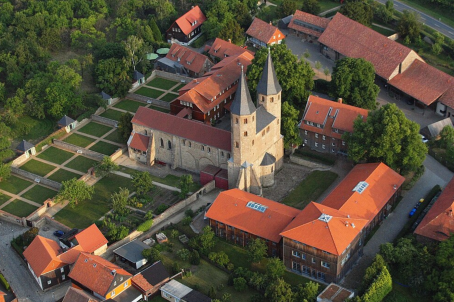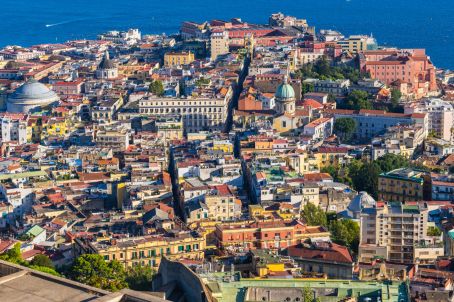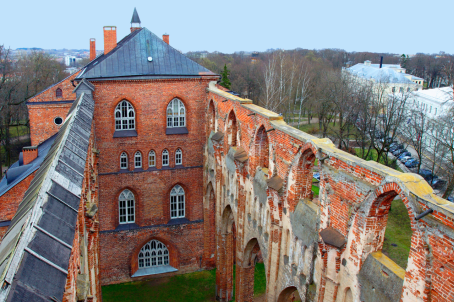Heilige Raphaël
Hengelo, NL
The modern church design by architect Herman van Wissen (1910-2000) is in line with the innovative liturgical and architectural views in the Roman Catholic Church during the post-war period. The church is a round central building, consisting of a concrete skeleton, a flat dome and a low ambulatory.





